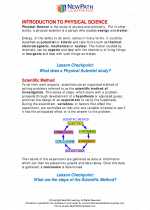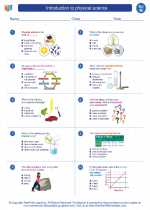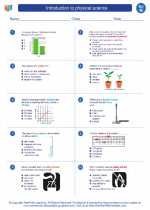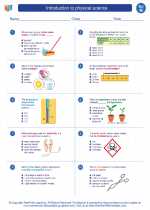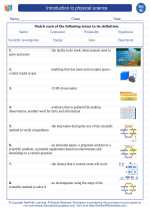Circuit
A circuit is a closed loop through which an electric current can flow. It consists of various components such as a power source, wires, and various electrical devices such as resistors, capacitors, and inductors.
Types of Circuits
There are two main types of circuits:
- Series circuit: In a series circuit, the components are connected end-to-end, forming a single path for the current to flow. If one component fails, the entire circuit is broken.
- Parallel circuit: In a parallel circuit, the components are connected across multiple paths, allowing the current to flow through different branches. If one component fails, the rest of the circuit can still function.
Components of a Circuit
Key components of a circuit include:
- Power Source: Provides the electrical energy for the circuit, such as batteries or power supply.
- Wires: Conductors that connect the various components of the circuit, allowing the flow of electric current.
- Resistors: Components that resist the flow of electric current, used to control the amount of current in a circuit.
- Capacitors: Components that store and release electrical energy in the form of an electric field.
- Inductors: Components that store and release electrical energy in the form of a magnetic field.
- Switches: Devices used to open or close the circuit, controlling the flow of current.
- Diodes: Components that allow current to flow in only one direction.
Basic Circuit Laws
There are fundamental laws that govern the behavior of circuits:
- Ohm's Law: States that the current flowing through a conductor between two points is directly proportional to the voltage across the two points.
- Kirchhoff's Laws: These laws are used to analyze the currents and voltages in a circuit. Kirchhoff's current law (KCL) states that the total current entering a junction is equal to the total current leaving the junction. Kirchhoff's voltage law (KVL) states that the sum of the voltage drops around any closed loop in a circuit is equal to the sum of the voltage rises.
Study Guide
To understand circuits better, consider the following study guide:
- Learn the basic components of a circuit and their functions.
- Understand the differences between series and parallel circuits.
- Practice using Ohm's Law to calculate current, voltage, and resistance in a circuit.
- Master the application of Kirchhoff's Laws in analyzing circuit behavior.
- Explore real-world examples of circuits and their applications in electronics, power systems, and technology.
By mastering the concepts and principles of circuits, you can gain a deeper understanding of electrical systems and their practical applications.
